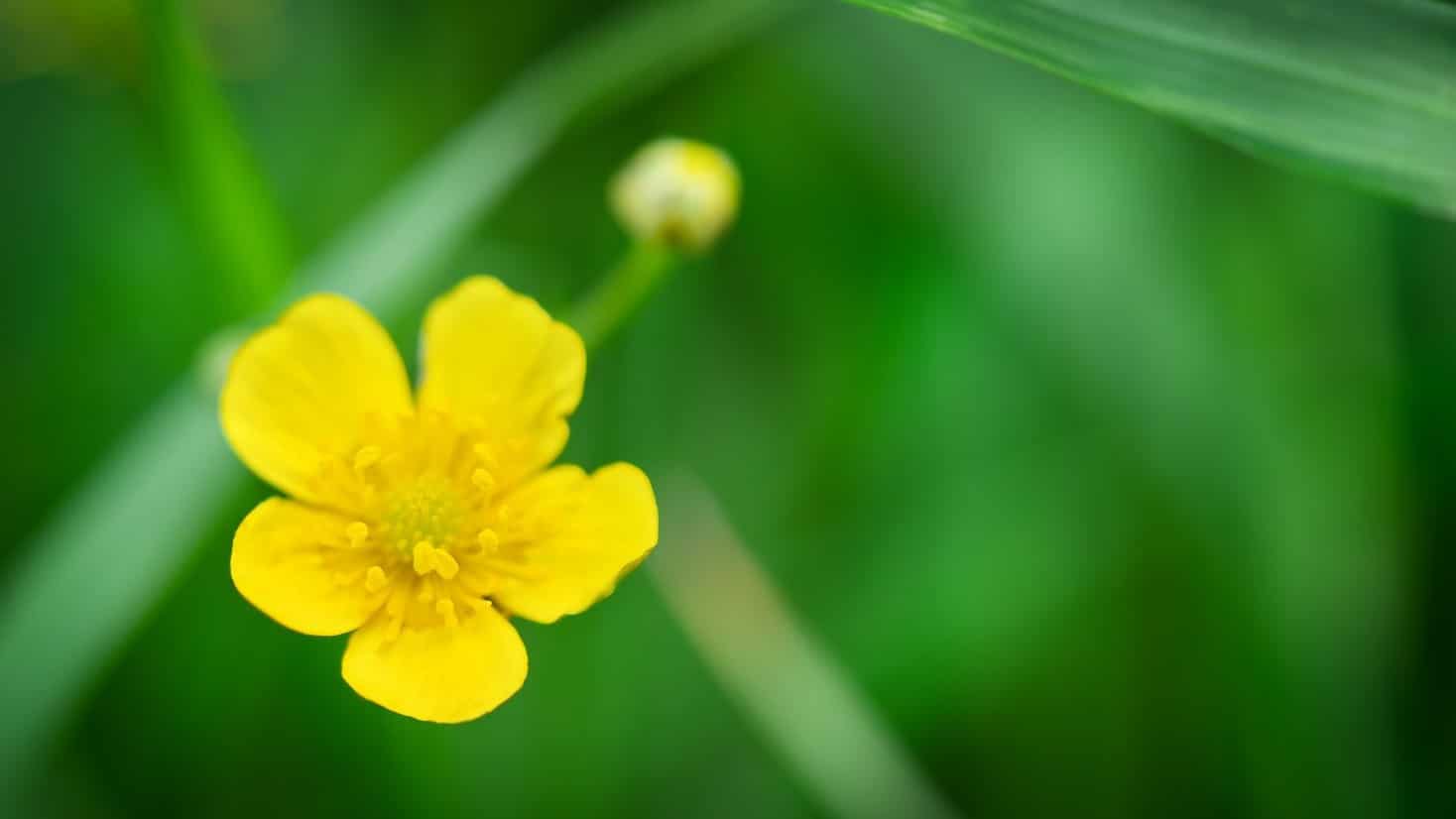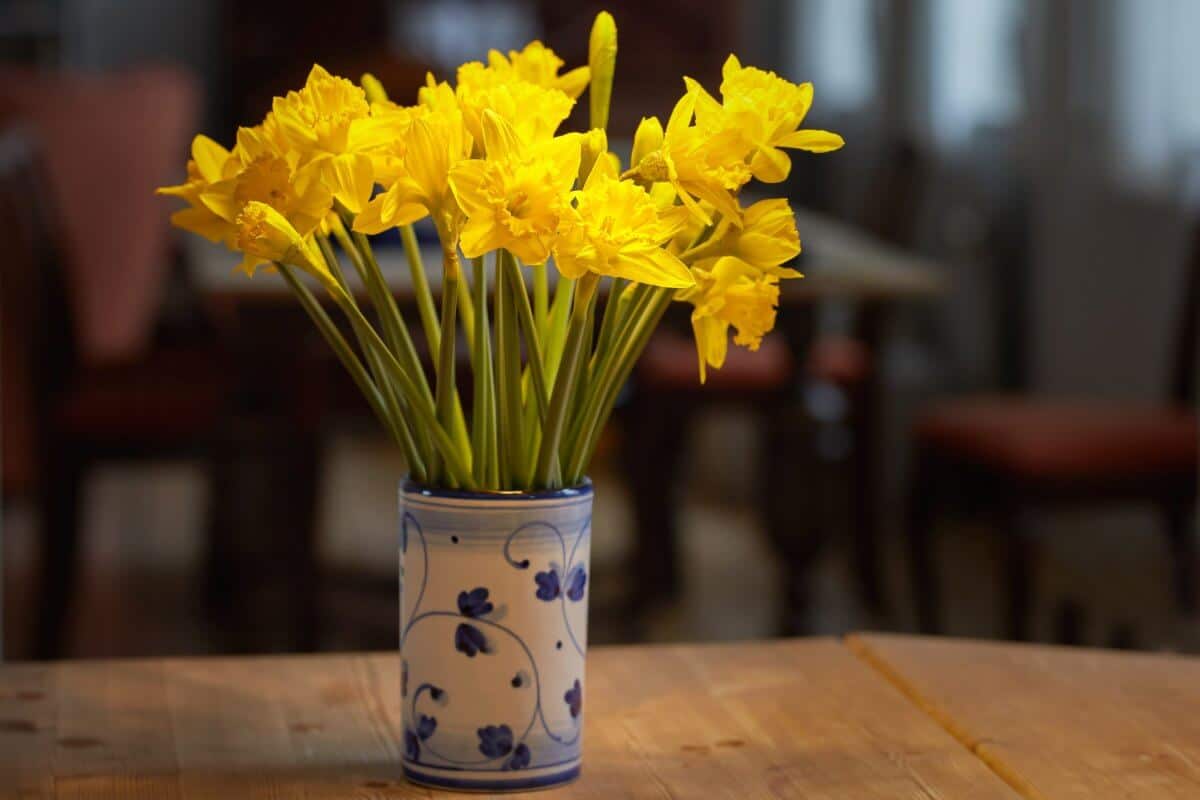


Home » Five Toxic Plants to Keep Away from Your Dog This Spring

Spring has sprung, and two of the most notable things about this season are owners who are ready to get outside with their dogs more often and all the colorful plants that blossom after a cold, dormant winter.
When considering where to walk your dog, be aware of toxic plants that can cause illness, or potentially even death, if consumed by your canine.
Here’s a look at five toxic plants—some of which may come as a major surprise. Stay away from these when it comes to the great outdoors, and perhaps omit them from your own landscaping. If your dog ingests any of these, regardless of quantity, please seek advice from a veterinarian.

One of the most popular spring plants is the tulip, whether they are planted outside or brought into the house for a nice pop of color. While tulips are innocent-looking plants that have a highly positive connotation, they do pose a risk to dogs. And it is not just a segment of the plant, but every single part of the plant can harm your dog if consumed. Tulips contain a toxin known as tulipalin that exists in the petals, stem, leaves, and the bulb of the flower.
Symptoms of tulip poisoning in dogs may include:
It should be noted that the toxin is most strongly concentrated within the bulb, which is especially concerning given that dogs frequently become interested in tulips through digging and locating the bulb.

Like the tulip, every part of the daffodil contains toxins that can affect pets, with the highest concentration of toxins within the bulb. Fortunately, this flower rarely causes death, though it does present uncomfortable side effects that will make for a rough day for both you and Fido. Lycorine is the toxin found within daffodils, and other members of the Amaryllidaceae species, such as the bush lily, and alliums (like onions).
Common symptoms of daffodil poisoning include:
If you like the look of daffodils, but want to err on the side of caution, consider alternatives such as Gerbera daisies, marigolds, and zinnias.

The buttercup’s name sounds enticing and harmless, but don’t fall into that mindset when it comes to your dog playing among this common flower. The buttercup, named for its buttercup-like shape and known for its rich yellow-gold color, contains a toxic compound known as ranunculin. When chewed by a dog, ranunculin converts to something known as protoanemonin. Effects upon ingestion can range from mild nausea to seizures.
Most dogs avoid buttercups due to their bitter taste, but curious pets may still investigate them—especially younger dogs.

Azaleas are one of the most eye-catching shrubs, known for their vibrant colors, funnel shaped blooms, and pleasing fragrance. They are a common backyard shrub, but can cause a severe reaction if ingested by dogs. Both the plant itself and the nectar that it produces are toxic to dogs. Symptoms can range from stomach upset to vomiting and diarrhea. The grayanotoxins in the azaleas (rhododendrons, too) are also known for the skeletal and heart issues they can cause, meaning the dog is at risk for blood pressure problems, coma, and even death.
Symptoms of azalea poisoning can range from mild to severe and include:
Even ingesting a small amount—just 0.2% of a dog’s body weight—can trigger toxic effects. Immediate veterinary attention is crucial.

The oleander plant comes in a variety of colors, and while it may be pretty to look at during its spring to fall blooming period, it is one of the most dangerous plants on the planet for your dog.
The oleander contains cardiac glycosides, a dangerous toxin, which if ingested requires immediate medical attention. It can cause neurological, gastrointestinal, and cardiovascular issues that develop very quickly.
If ingested, dogs may exhibit:
If you have oleander accessible to your dog, it is imperative to fence or contain it to protect your canine. The best thing is to destroy or remove it all together, though it should be noted that doing so by burning it is not advised, as the smoke itself is also toxic. If you have oleander anywhere near your dog’s living space, consider removing it entirely, and never burn it. If ingestion is suspected, seek emergency veterinary care immediately.
While spring offers many joys, it also comes with hidden dangers. Always research new plants before introducing them to your home or garden, and supervise your dog when outdoors—especially in areas with unfamiliar vegetation.
If your dog has ingested or even chewed on a suspicious plant, do not wait for symptoms to appear. Call your veterinarian or a 24-hour pet poison hotline such as the ASPCA Animal Poison Control Center at (888) 426-4435.
A little awareness goes a long way in keeping your furry friend healthy and safe this season.
